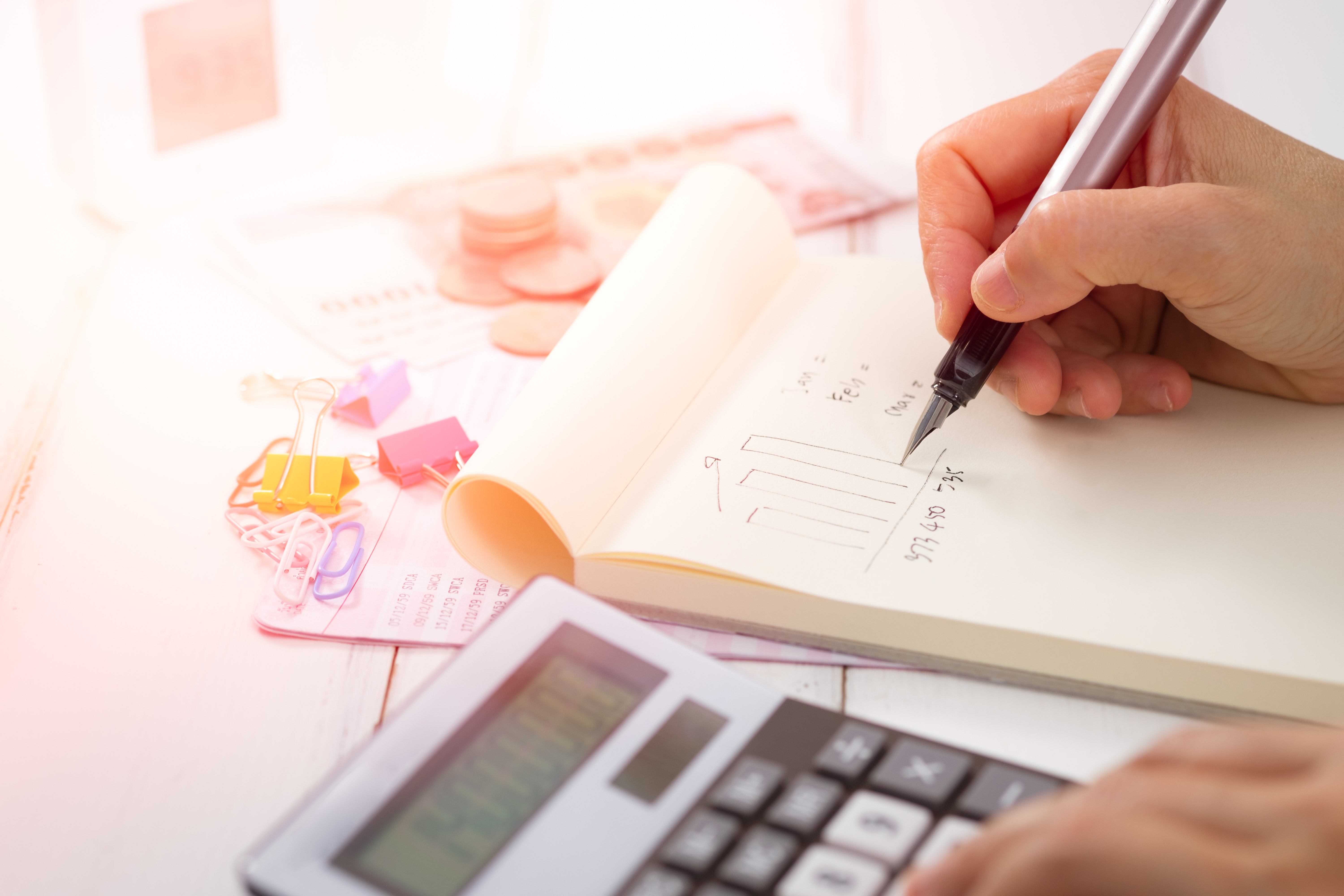VAT – short for Value Added Tax – can fill many business owners with dread. However, it’s crucial for you to understand what VAT is and how it affects your company.
Many small businesses wonder whether they should be registered for VAT, frequently asking us whether it’s worth the extra paperwork and if the change would cost them more money.
We’ve created a basic guide to VAT, highlighting the pros and cons of being VAT registered.
Am I required to be VAT registered?
Any business with a VAT taxable turnover of over £85,000 must register for VAT with HMRC. This is calculated on a rolling twelve-month basis and not based on the calendar year.
If your business’ annual turnover exceeds this threshold, you must register for VAT within 30 days, or you could face a fine.
Businesses can also volunteer to register for VAT, even if they are not currently hitting the threshold figure.
What are the benefits of being registered for VAT?
You may be asking yourself why on Earth would you register for VAT if you don’t have to?
Even though it may seem like a headache at first, being VAT registered actually brings about a number of advantages for small businesses.
Firstly, you can reclaim any VAT you are charged when you pay for goods and services. So, if your business relies on you spending money with a lot of other VAT registered companies, it might be a wise idea to register so you can claim back a chunk of that money.
Meanwhile, being VAT registered can create a positive impression with your own customers, showing that you are serious and ready to grow.
We know that size doesn’t matter when it comes to quality service, however, many potential clients may not see it this way. Applying to be VAT registered can make you seem more established and, therefore, more reliable.
What are the cons of being VAT registered?
As with anything, there are a few disadvantages to being registered for VAT.
The worse case scenario is that you end up paying more to HMRC. If your ‘output tax’ (the tax you charge customers) is larger than your ‘input tax’ (the VAT you’re claiming back) you’ll owe HMRC the difference.
In the meantime, being VAT registered comes with more responsibilities. You’ll have to set aside more time for paperwork and be in regular contact with HMRC. You must ensure you charge the right amount of VAT to customers, pay any VAT due to HMRC, submit VAT returns every quarter and keep accurate VAT records. However, switching to digital accounting software could help you to manage all of this extra paperwork.
From April 2019, companies with a turnover above the VAT threshold will be required to keep digital records and submit quarterly updates through their accounting software for VAT purposes. We’ve written a guide to the government’s Making Tax Digital scheme that you can read here.
Lastly, you have to consider your customer base.
Are the people buying your goods and services the general public or VAT registered businesses?
Unlike VAT registered businesses, the general public are not able to claim back the VAT you’ll have to add on to their bill. So, they may feel the hit when you have to raise your prices.
However, if you largely deal business-to-business, charging VAT shouldn’t affect your clients in the same way.
Of course, if you are earning over the VAT threshold, you have no choice but to charge VAT.
What happens when I register for VAT?
You can register for VAT online via the GOV.UK website.
Once completed, if your application is accepted, you’ll receive a certificate confirming your unique VAT number, the date you need to submit your first return and your ‘effective date of registration’.
If you need any more advice on VAT and whether you need to register, please do get in touch with one of our Chartered Accountants today.

